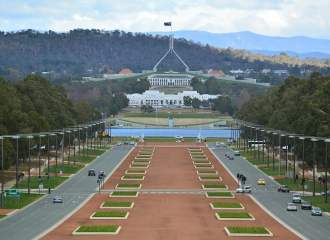The New York Times made progress last month in its legal action against Open AI and Microsoft, with a New York federal judge issuing an opinion stating that the newspaper has made a case that the defendants are responsible for inducing users to infringe its copyright through ChatGPT’s use of NY Times articles to produce its output.
Background
The NY Times was among the first major media organisations to challenge generative A.I. models, taking action against OpenAI and Microsoft in 2023.

The NY Times argues that language models used in training ChatGPT and Microsoft’s Copilot engage in plagiarism by reproducing published articles in their output. The media organisation describe ChatGPT output as reciting Times content verbatim and mimicking expressive style. The NY Times has also put forward that generative AI models threaten the economic integrity of journalism by providing substitute outlets for information without permission or payment.
The NY Times has sought orders that OpenAI and Microsoft should compensate them for copyright infringement and destroy any training data extracted from its website or printed publications.
OpenAI’s response
OpenAI has maintained the position that the claim against it is without merit. It states that ChatGPT is trained on publicly available material in a way that is grounded in fair use, also accusing the NY Times of creating prompts that push ChatGPT to mimic published articles. While OpenAI has agreed that its language models are trained using material from across the web, the company’s position is that reciting content verbatim is a rare failure of the tool, and that intentionally manipulating ChatGPT to regurgitate third party content is contrary to its terms of use.
Current status
This order allows the NY Times to continue pursuing its claims against OpenAI and Microsoft, in contrast to last year’s judgement in California which rejected claims by authors, whose works were allegedly used to train ChatGPT, that the output of generative AI systems violates the rights of copyright owners.
Author: Zaki Zeini, paralegal.









